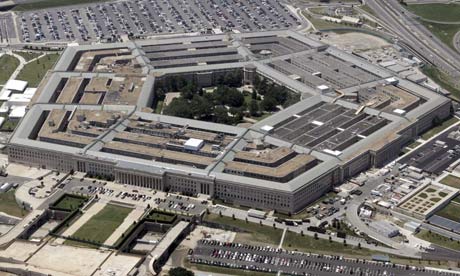Since 2010, the Pentagon’s civilian staff has grown 6%, to 744,000. Contractors: up 20%, to 730,000.
Another round of pink slips for U.S. troops: On July 9 the Army announced that 40,000 soldiers will be cut from active duty—some involuntarily. This comes on top of the 80,000 soldiers already let go since the Iraq and Afghanistan buildup. At a time of increasing global tension, the American military is smaller than it was before 9/11 at the nadir of the Clinton “peace dividend” drawdown.
Yet even as the military shrinks and readiness wanes, the Pentagon’s two civilian workforces—government employees and federal contractors—remain disproportionately large. Since defense budgets peaked in 2010, the number of civilian employees at the Pentagon has grown nearly 6% to 744,000. Similarly, the figure for civilian contractors has ballooned 20% to an estimated 730,000. Active duty military personnel, who number 1.36 million, are now outnumbered by the civilians supporting them—a historic shift.
 |
| The Pentagon has grown nearly 6% to 744,000 |
The primary culprit for this imbalance is uncontrolled spending on defense services with little accountability. The Pentagon’s purchasing power is staggering, and it now buys more services than hardware. Many tasks are contracted out, from basic IT and food service to bomber maintenance and logistics support.
Spending on services grew to 53% of all purchases in 2014 from 40% in 2010—even as the total defense budget dropped more than 20% over the same period. In 2010 the Pentagon spent $205 billion on equipment and $134 billion on services. By 2014 that relationship flipped, with $161 billion to services and $143 billion to weapons systems. This doesn’t include spending on services that are classified.
Further, because the category of services is so broad, Pentagon leaders seem to have trouble tracking spending. Air Force acquisition chief William LaPlante told Federal News Radio last year: “I jokingly say knowledge-based services should just be called ‘stuff.’ Because the way we categorize it, it can contain everything from a plasma physicist helping on the re-entry of a Minuteman missile, to designing a building, to helping with a view graph presentation.”Read the rest of the Story HERE.
If you like what you see, please "Like" us on Facebook either here or here. Please follow us on Twitter here.





No comments:
Post a Comment